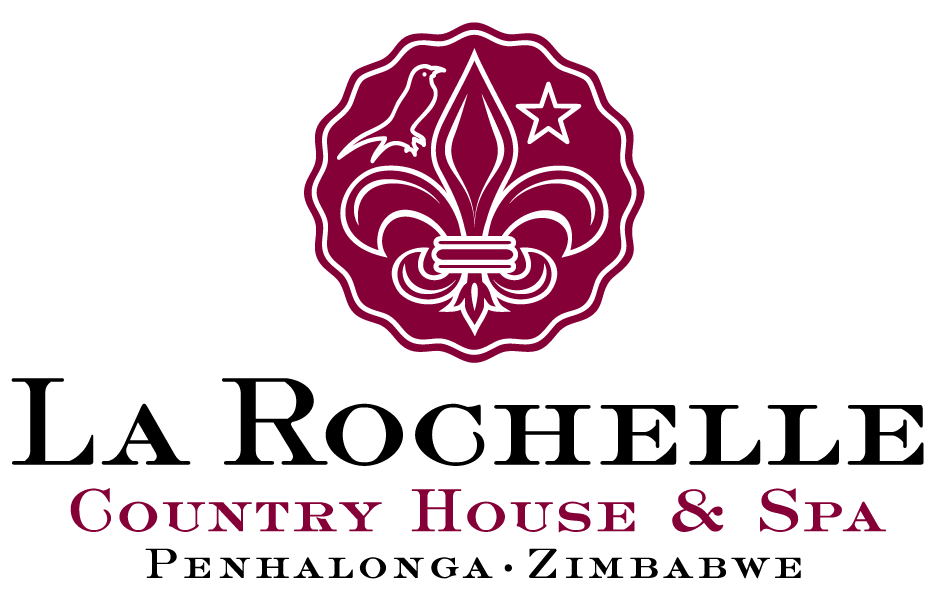History
La Rochelle, the last home of Sir Stephen and Lady Virginia Courtauld, the glamorous couple who left Europe to build their Shangri La in Africa.
Grand black tie dinner parties were held every week at La Rochelle, with formal dinners supplemented with displays of orchids, chamber music, party games or lectures.
Over the years countless famous people were guests at La Rochelle – aristocrats, prime ministers, governors, statesman, writers, artists, musicians, scientists, academics, adventurers, sportsmen. Many of these visitors signed a glass pane with a diamond stylus, and their signatures can be seen today, such as Rab and Molly Butler, Sybil Thorndike, Julian Amery, Julian Huxley, Laurens van der Post and Denis Goldberg.
Between 1955 and 1964 the Courtaulds were the greatest philanthropists in Africa, leaving many great buildings and public works which are still used today. In 1958 Stephen was knighted for his great works.
In 1967, Grenada Television from London made a documentary and described La Rochelle as the “last Shangri La”.
Stephen Courtauld set up the National Trust in 1964 and bequeathed the property to them. The property was received by the National Trust in 1972, who have maintained it over difficult times.
For many years it was said the estate had become a huge white elephant and should be sold, but the NTZ never lost the belief that one day a miracle would happen and the full potential of La Rochelle realised. And so for many years, La Rochelle was like a Sleeping Beauty waiting for a magic touch to transform it back to its original glory.
During this time it was utilised as temporary boarding facilities for the newly built Hillcrest School before being leased to a succession of hoteliers. Without the capital to reinvest into the estate, gardens and buildings deteriorated markedly – particularly after the hyperinflation event in Zimbabwe which took place during 2007-2009.
